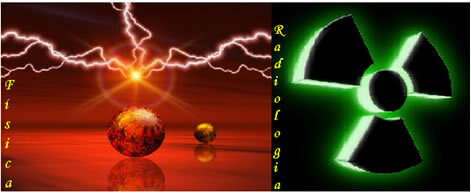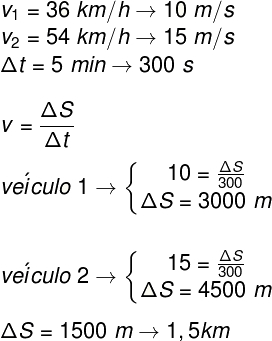THE laser word originates in English and is the abbreviation for Light Amplification by Stimulated Emission of Radiation, which, translated into Portuguese, means Light amplification by stimulated emission of radiation. The laser works based on stimulated emission, a concept introduced by Einstein in 1917. However, the laser was only developed in 1960, configuring itself as a type of visible electromagnetic radiation whose main characteristics are:
Monochromatic: that is, laser light has only one wavelength and therefore a single color.
Coherent: if two beams produced by the same laser are separated and then recombined, even after traveling long distances, there will still be a constant relationship between the phases of the two beams.
Directional: the beam of light produced by a laser is formed by waves produced in the same direction and is quite narrow, that is, it propagates in the same direction and suffers minimal scattering.
High intensity: Another feature is that the laser light is very powerful, reaching around 10
12 Watts. As a result, the intensity of the laser light produced is extremely large.
Operation
An atom is made up of a nucleus, where the protons and neutrons are, and the electrosphere around the nucleus, where the electrons are in orbit. Each electron orbit has an energy level. When subjected to electromagnetic energy, the electron absorbs energy and occupies a higher level. energy of the atom, that is, an excited state, having a strong tendency to return to its level "Natural". If the atom is in the excited state and receives radiation again, this can stimulate the atom to pass to the ground state, emitting another photon of energy equal to the one it was subjected to.
Do not stop now... There's more after the advertising ;)
The emitted photon has the same energy as the radiation that stimulated the emission and, when reaching another atom in the same state, also stimulates the emission of other photons with the same characteristics, producing an effect on waterfall. When the number of photons emitted is greater than those absorbed, the laser produces light.
Among the uses of the laser beam, we have: bar code reading, manufacturing and reading of CDs and DVDs, surgeries, aesthetic treatments, generation of signals to be transmitted by optical fiber, phototherapeutic treatment, among others.
By Mariane Mendes
Graduated in Physics
Would you like to reference this text in a school or academic work? Look:
TEIXEIRA, Mariane Mendes. "Laser"; Brazil School. Available in: https://brasilescola.uol.com.br/fisica/laser.htm. Accessed on July 27, 2021.



